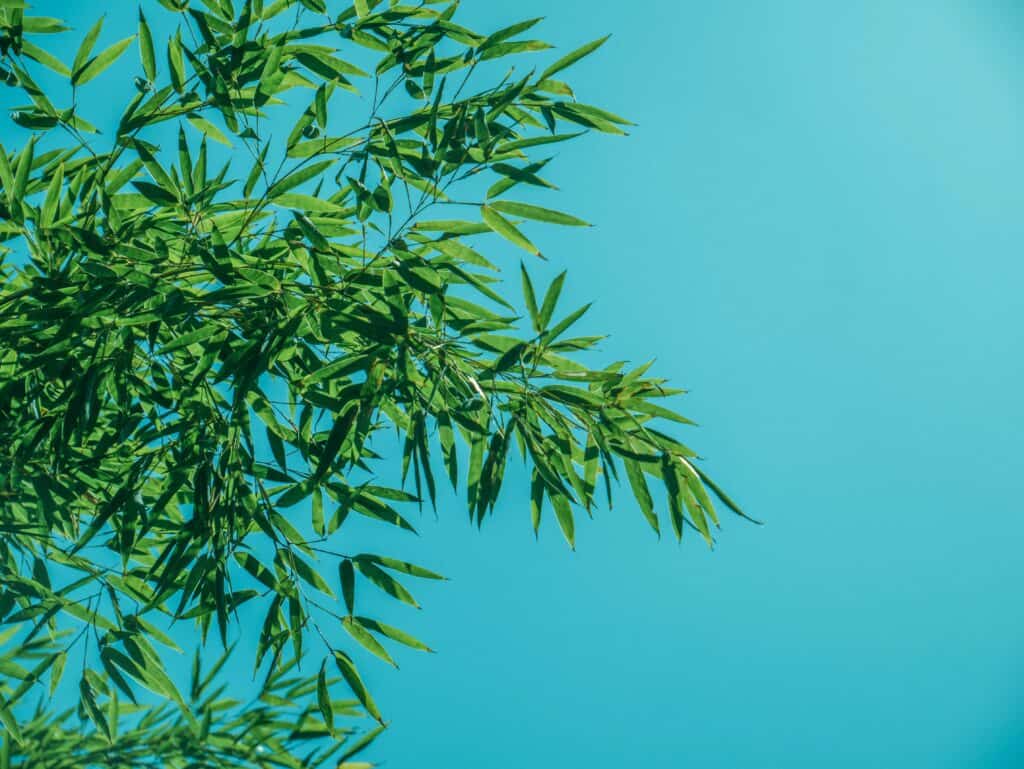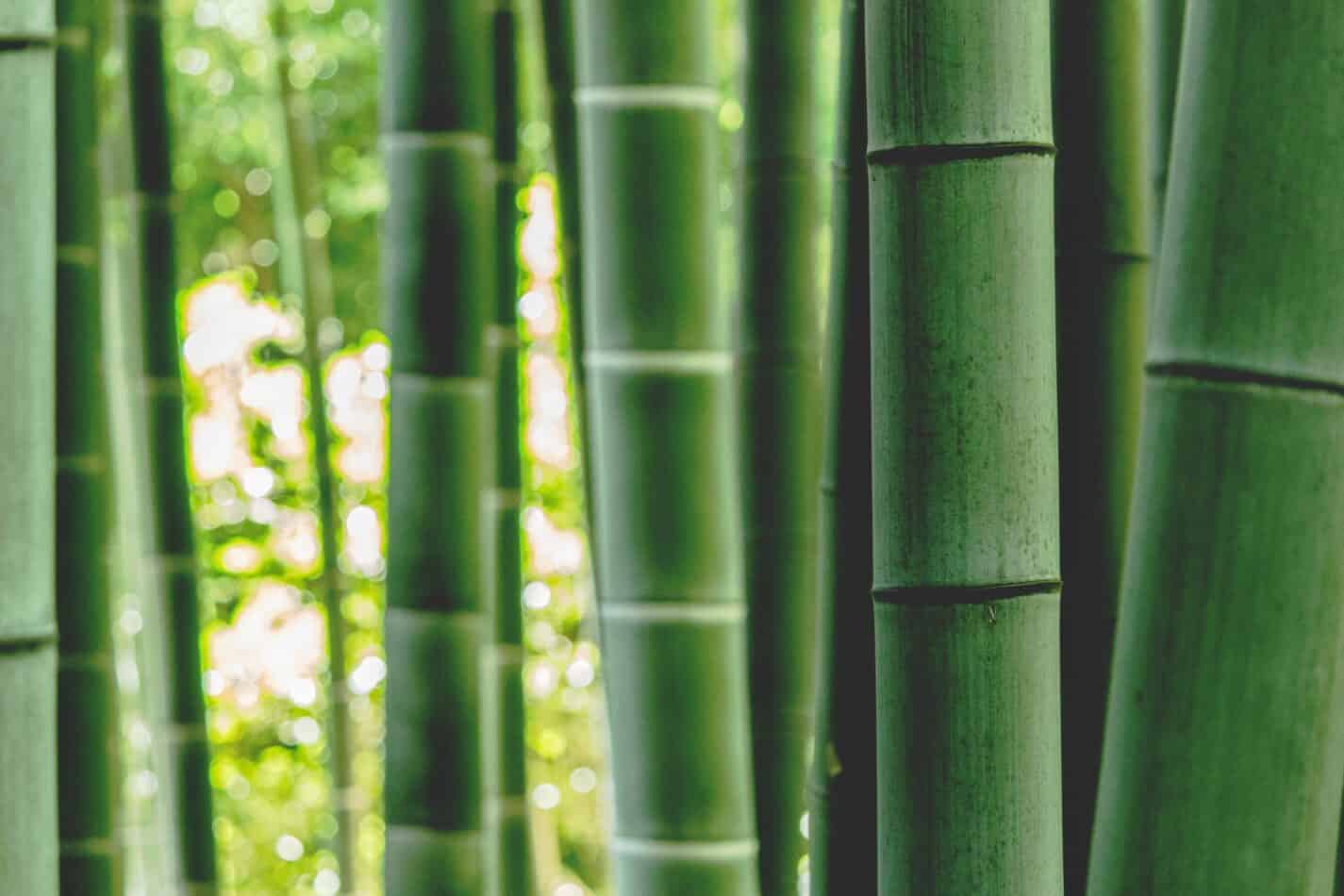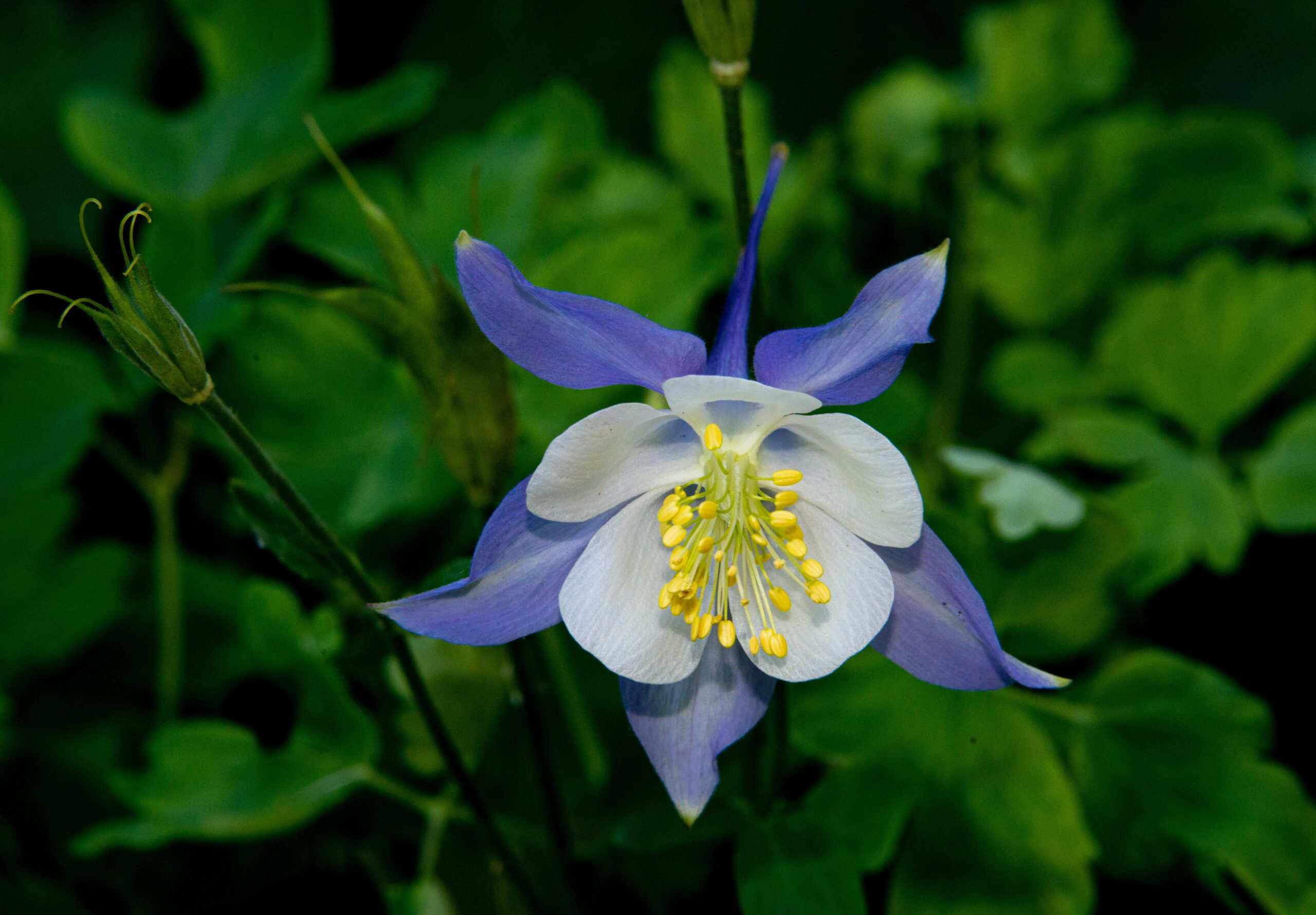Have you ever wondered how to grow garden bamboo? If so, then this article is for you!
Bamboo is a fast-growing plant that can be grown in almost any climate and soil type. It’s easy to care for and has many uses. Bamboo is also a very versatile plant. You can use it as a privacy screen or fence, make furniture from its stalks, or even use the leaves to wrap around your food like a shawl.
What Is Bamboo?
Bamboo is an herbaceous perennial grass native to China, Japan, Korea, India, and Indonesia. The word “bamboo” comes from the Chinese word Bambu, which means “to bend over.” The meaning of bamboo is quite literal. When the shoots are young, they look like small trees with long thin stems. As they age, they become more slender, and their branches spread out.
The first thing you should know about growing bamboo is that it needs lots of light. Unlike most plants, bamboo does not need direct sunlight to thrive. However, to grow bamboo indoors, you must provide at least 6 hours of indirect lighting each day.
The second thing you should know about bamboo is that it proliferates. A mature bamboo tree can reach heights of up to 100 feet tall. This makes bamboo one of the fastest-growing plants on earth.
If you have never tried growing bamboo before, don’t worry. We will show you how to do it right here.
Bamboo is a tall-growing exotic plant that is used for many different things. It can be planted and grown as a living privacy hedge and used to make furniture, flooring, and other consumer goods.
Growing and caring for bamboo is easy, but you must start the plants off right, or they can become invasive. Use these tips and learn how to care for bamboo so you can enjoy it without it overtaking your landscape.

Select The Right Bamboo
There are many different types of bamboo available today. They vary in color, shape, texture, and growth rate. Some varieties are more suitable for certain climates than others. When choosing a bamboo species, look for one that has been recommended for your region. For example, Phyllostachys nigra is a popular choice for Florida because it grows well in warm weather and tolerates salt spray.
Bamboo can grow from 8 to 100 feet and can be used to make fishing poles, privacy hedges, or beautiful plant containers.
Some types of bamboo grow well in a shady location, and others need full sunlight to thrive. Some types are invasive and spread like crazy; others are relatively slow-growing and easy to contain.
Select the bamboo right for your outdoor living space from these popular varieties. There are many other varieties of bamboo, each with a unique and attractive quality that you may enjoy.

- Dragon Head Bamboo
Dragon Head Bamboo reaches a mature height of 8 feet, thrives in partial shade, and grows in any soil condition. The shiny green canes produce blue-green foliage, and the slow-growth habits of this bamboo variety make it ideal for use as a living privacy fence when neighbors are too close for comfort.
- Chinese Fountain Bamboo
Chinese Fountain Bamboo reaches a mature height of 15 feet and thrives in partial shade and moist soil. The slender green canes produce an abundance of grey-green foliage that weigh the canes down and cause them to create an arch. This cold-hardy variety can withstand severe cold but does not thrive in hot climates.
- Fish Pole Bamboo
Fish Pole Bamboo reaches a mature height of 25 feet, thrives in cold and hot climates, and is drought-tolerant. This bamboo type’s smooth canes are used to make fishing poles, walking sticks, and umbrella handles. Fish Pole Bamboo can become invasive if left uncontrolled.

- Giant Bamboo
Giant Bamboo is the tallest variety and produces the thickest canes. Mature height can be 100 feet with canes measuring 1-foot in circumference. Thick clubs start white and change in color to blue-green as they age. Giant Bamboo produces flowers once every 4-years and is an attractive plant in a large landscape. However, the rapid growth (1-foot each day) can make this variety invasive if left uncontrolled.
- Black Bamboo
is a fast-growing variety that reaches maturity in 3 years. Its dark black canes produce a dense canopy of glossy green leaves that provide excellent screening. Black Bamboo is a good choice for areas where there is little light penetration.
- White Bamboo
is a fast-growing variety that reaches maturity in 2 years. White Bamboo has a soft texture and produces a dense canopy of white-colored foliage.
- Lucky Bamboo
is a slow-growing variety that reaches a mature height of 10 feet. Lucky Bamboo produces a dense canopy of green foliage that provides excellent screening. It is also known as “Maidenhair” because its long, fine hairs resemble those found on maidens’ hair. In Feng Shui, lucky bamboo is associated with prosperity.
- Water Bamboo
Water Bamboo is a very slow-growing variety that only reaches a mature height of 5 feet. Water Bamboo produces a dense, low canopy of green foliage that creates a lush environment.
- Golden Bamboo
Golden Bamboo is a slow-growing variety with a mature height of 20 feet. Golden Bamboo produces a dense crown of golden yellow foliage that makes a great accent plant or specimen tree. The bamboo leaves are similar to those of Silver Birch trees and form a dense screen with its bamboo stalks.
- Silver Bamboo
Silver Bamboo is a slow growing variety that reaches a mature size of 30 feet. Silver Bamboo produces a dense leafy canopy that resembles silver birch trees. The leaves have a silvery appearance and are often mistaken for birch leaves due to their light shade.
 Planting
Planting
Dig a hole twice as wide as the rootball on the bamboo and plant bamboo plants in the spot and gently spread the roots out in the hole. Backfill the hole with the removed soil, patting it down to ensure all the roots are in contact with the soil. Water thoroughly.
Provide shade for the newly planted bamboo during the first two weeks after planting. To facilitate bamboo growth, place the plant in indirect light when at its young stage but then move it under a bright light when older.
Prevent Invasion
If you have selected a variety of bamboo that can become invasive, create a barrier at planting time to prevent the bamboo from spreading.
The barrier must be placed 3-5 inches below soil level and 3-5 inches above the soil. The barrier must completely encircle the area where you want the bamboo to grow. The barriers are typically heavy-gauge polyethylene material to keep the long rhizomes from spreading underground.
Sometimes the bamboo tries to over-grow the barrier, but any overgrowth can be pruned back and stopped each spring.
Caring for your bamboo
To care for your bamboo, water regularly until the top 1/3rd of the soil dries out. Bamboo requires less maintenance than most other houseplants. However, if you notice any signs of disease or insect infestation, remove the affected parts immediately. Also, avoid placing bamboo near an air conditioner or heater since this may cause the bamboo’s leaves to turn brown. If that happens, remove any dead leaves immediately.
Bamboo is not recommended for indoor use unless you live in a tropical climate. If you do decide to bring bamboo indoors, make sure you provide adequate ventilation.
Tips that are good to know
- Water thoroughly once a week during times of drought
- Never fertilize bamboo
- Allow fallen leaves to remain on the soil to help keep bamboo roots moist
- Add a 2-inch layer of mulch to keep shallow bamboo roots moist and protected
Can you grow bamboo in a container?
Even if bamboo is not an indoor plant, you can grow bamboo in containers if you provide adequate drainage. If you use an organic potting mix, add some garden compost to increase the moisture retention capacity of the soil. Bamboo likes its soil moist and you should try to avoid having soggy soil at all costs. Place your container in a bright spot in your yard so the sunlight will penetrate deep into the soil.
Bamboo is easy to care for and requires little maintenance. So even if you don’t have a green thumb, you should be able to just buy bamboo seeds and grow the plant. Just water regularly and allow the soil to dry between watering sessions.
- When should I cut my bamboo?
You may need to trim your bamboo periodically depending on how tall it gets. It’s best to wait until the new shoots appear before cutting off old ones. When they do start to sprout, remove them with sharp shears. Make sure you have the bamboo’s growth in check as it is an invasive plant that could overtake your garden (or try to buy non-invasive species).
What we love from Amazon this week
Buy these wonderful flowers directly from Amazon:
















